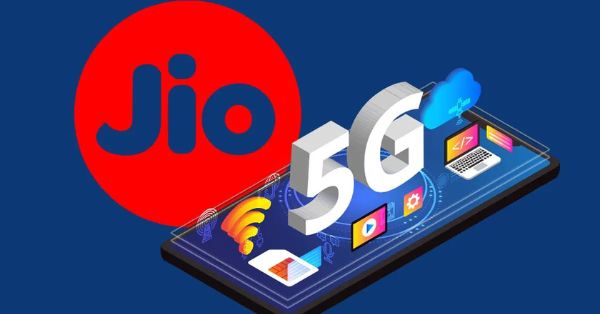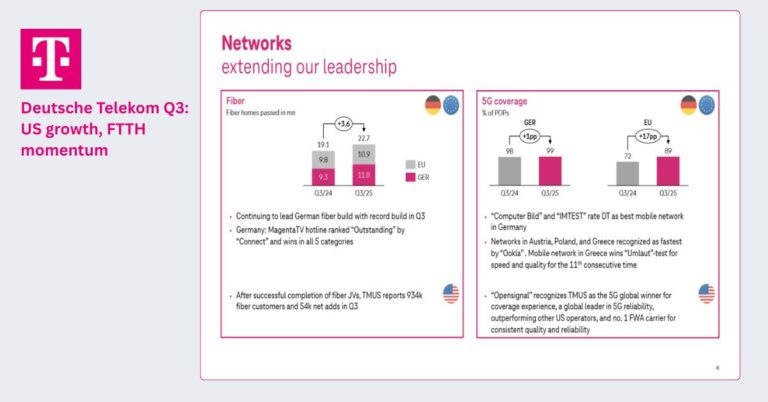The fifth-generation wireless cellular network, known as “5G,” continues its impressive growth. After gaining nearly 500 million connections in 2022, the healthy adoption of 5G persists in 2023, driven by enterprise subscriptions and industrial implementations. Global 5G connections witnessed a 76% increase from the end of 2021 to 2022, reaching 1.05 billion. Data from Omdia and 5G Americas predicts 5.9 billion connections by the end of 2027.
Chris Pearson, President of 5G Americas, commented, “5G is experiencing remarkable growth and scaling more rapidly than any prior mobile wireless generation. As deployments and connections expand significantly, 5G’s potential will be unlocked by advancements in standalone architecture and network slicing for new use cases.”
According to recent data from Omdia, 455 million global 5G connections were added in 2022. These numbers represent a 14% sequential quarterly growth from 922 million in Q3 2022 to 1.05 billion in Q4 2022. Global 5G connections are expected to maintain their momentum in 2023, nearing 2 billion and ultimately reaching 5.9 billion by 2027.
North America leads in adopting 5G wireless connections, with 119 million 5G and 507 million LTE connections by Q4 2022. The region’s 5G penetration is nearing 32%, adding 52 million connections in 2022 – a 78% increase over Q4 2021. In total, 215 million 5G connections are anticipated to originate from North America in 2023, supported by robust 5G smartphone shipments in the US. Ericsson estimates global mobile data traffic reached 118 exabytes (EB) per month by 2022’s end, projected to nearly quadruple to 325 EB per month in 2028.
Kristin Paulin, Principal Analyst at Omdia, said, “In North America, carriers offer 5G smartphone models at various price points, along with promotions, including some free smartphone deals. This drives 5G adoption as there is extensive 5G coverage in North America, making it likely to be in a 5G service area. The only other requirement is a 5G-compatible plan.”
In contrast, 4G LTE is expected to maintain its strength in Latin America and the Caribbean until the end of 2023. In Q4 2022, there were 537 million 4G LTE connections, marking 9.3% annual growth with 46 million new LTE subscriptions. Latin America and the Caribbean had 12 million 5G connections by 2022’s end, projected to reach 400 million by 2027.
Jose Otero, Vice President of Caribbean and Latin America for 5G Americas, stated, “Connectivity, especially mobile broadband communications, is a vital aspect of people’s lives, education, and business transactions. 5G and LTE continue to make significant progress throughout the region. In the long term, 5G has the potential to boost productivity and industrial development in the area.”
Globally, the number of 5G commercial networks has reached 259, based on data from TeleGeography and 5G Americas. This number is expected to hit 390 by 2023’s end and 403 by 2025









































